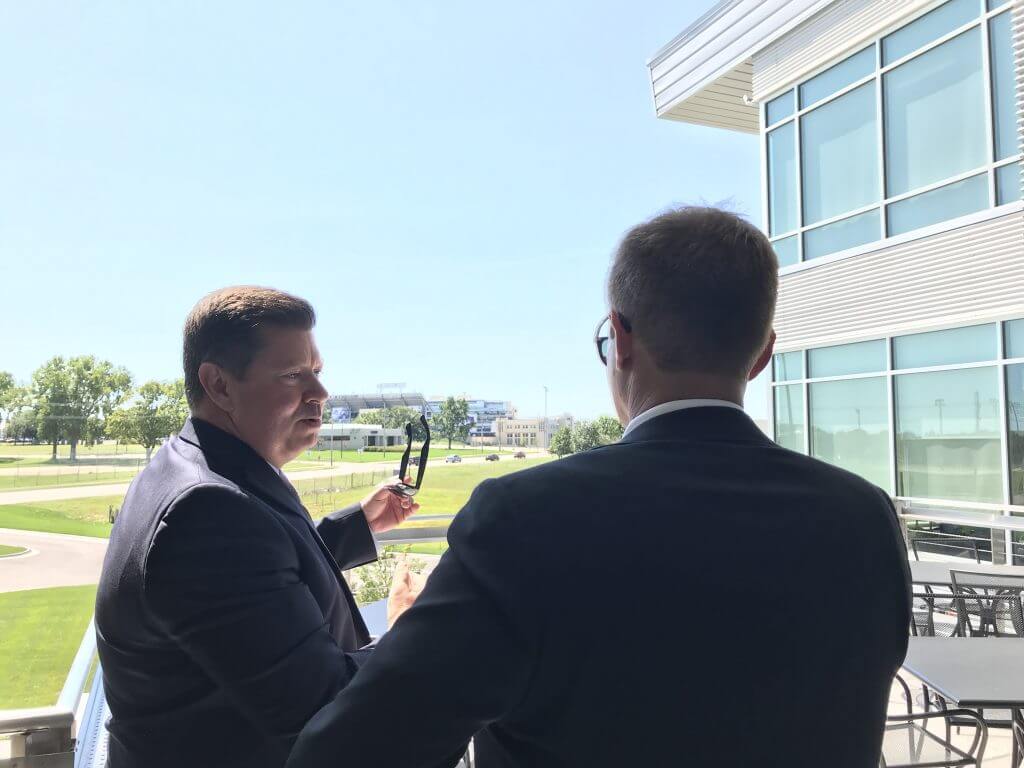Sep 13, 2019
Our effort to restore the Department of Commerce involves building capacity and reestablishing successful programs and tools that helped the state facilitate growth and spark investment in key industries for our future. This means getting back to the cutting edge of areas where we were previously invested and leading.
During the 1980’s, Kansas began to take a deep, strategic look at our economy to identify potential growth areas and envision ways for the state to play a role in stimulating and advancing key economic activity in the state. The state established an office for economic development—which later became the Department of Commerce—and commissioned a strategic plan to assess our strengths and lay out recommendations for how to capitalize on our opportunities.
In the years following the Redwood-Krider Report and Strategic Plan, the Legislature and the state moved boldly to establish new, innovative tools for economic growth. Their extraordinary vision and action put Kansas on the map as a leader for advancing economic development efforts. Our state had tools that no other state had, which were truly the envy of economic developers in other states.
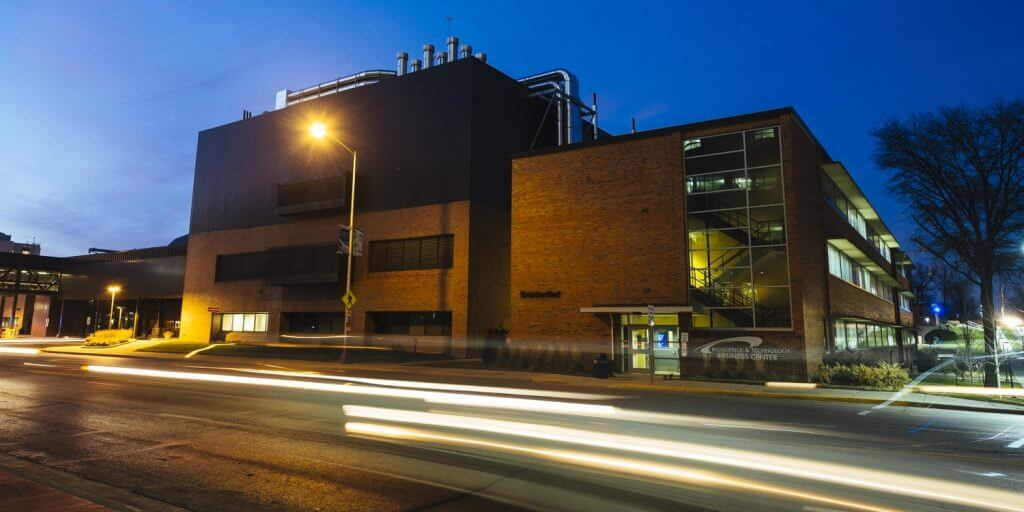
The Kansas Technology Enterprise Corporation (KTEC) was established in 1986 to stimulate the start-up and advancement of technology companies in Kansas. KTEC’s investment portfolio leveraged public and private dollars to invest early stage capital, facilitate programs to train and develop entrepreneurs and focus on innovations that prepare the next generation of jobs in the knowledge industry.
This work was truly ahead of its time and the bold vision left behind a legacy of innovation and collaboration across our state’s economic development efforts.
This was followed in 2004 by the passage of the Kansas Economic Growth Act. At that time, the Legislature and the Governor—on a bipartisan basis—recognized another key strength and opportunity. Our state’s footprint in agriculture and life sciences was well-known. But, by taking a few steps and making a few key investments, we became a real leader and put ourselves on the cutting edge of these growing industries.
On the strength of our agricultural heritage, the Economic Growth Act advanced solutions in agribusiness and helped Kansas establish and maintain the largest concentration of animal health companies in the world, now recognized as the heart of the KC Animal Health Corridor. By drawing from a world-class agricultural research institution in Kansas State University and world-class medical programs at the University of Kansas, researchers made breakthroughs in oncology, IT, medical devices and other important areas of human and animal health.
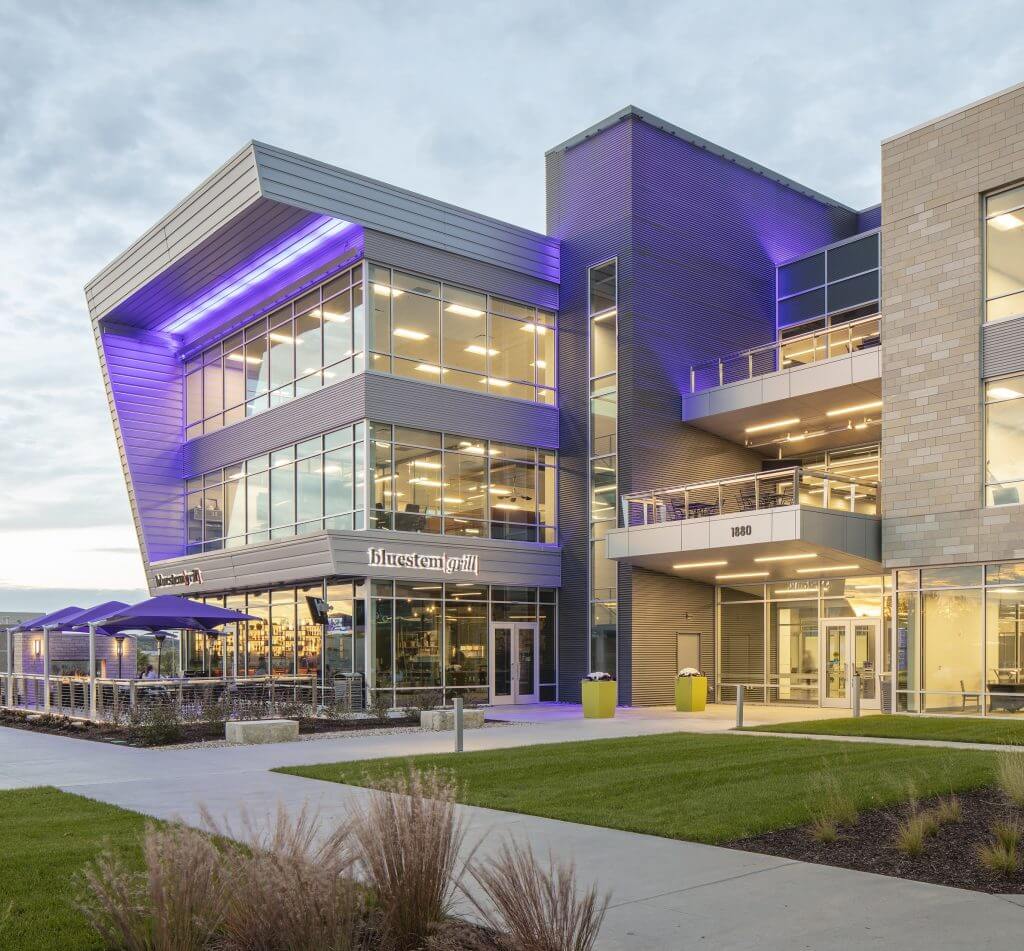
These investments played a huge role in securing a home for the National Bio and Agro-Defense Facility in Manhattan, as well as securing the NCI Cancer Designation for KU Medical Center. Through bipartisan collaboration between the Legislature, Governor and our state’s Congressional delegation, it was truly all-hands-on-deck to get this done for our state.
As we rebuild and retool the Department of Commerce, it’s critical that our state gets back to making these types of investments and gets back to the cutting edge of creating knowledge jobs for tomorrow’s knowledge industry. This starts with doing some restructuring and making key personnel decisions to help us get back into tech and bioscience innovation.
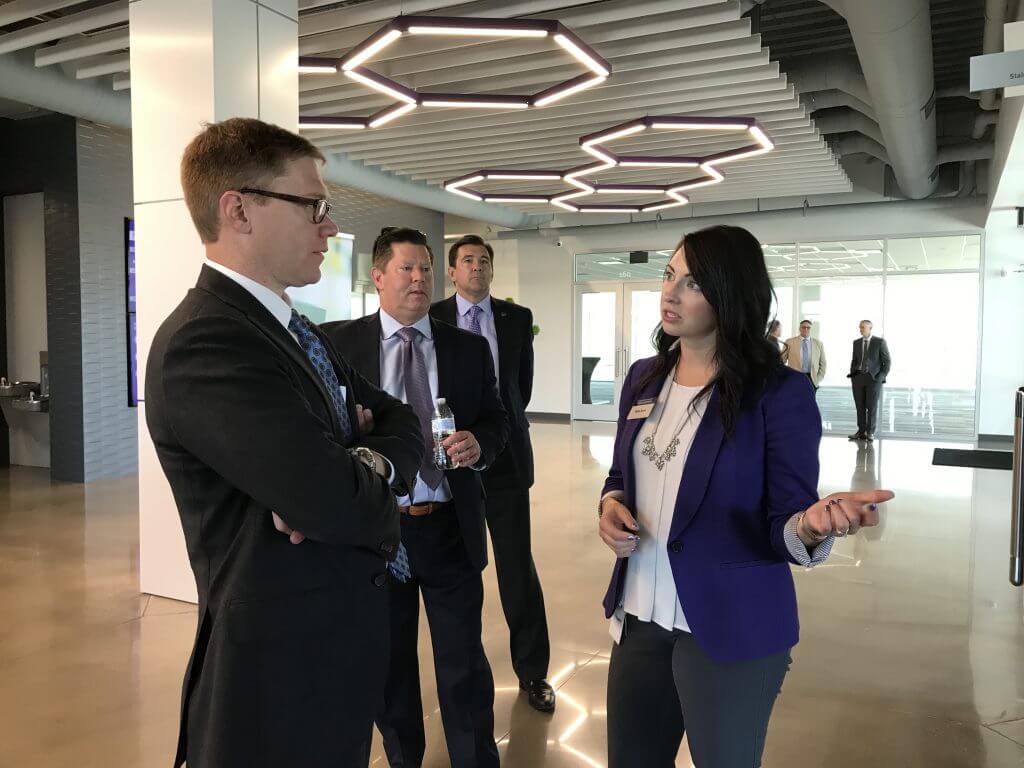
An important step we announced today is a new addition to our leadership team here at the Department of Commerce. As our new Director of Strategy for Bioscience and Technology, Trent Armbrust will bring years of economic development experience to our team. He’ll be responsible for rebuilding relationships with private- and public-sector partners as the state seeks to help advance new technologies, support innovative research, create new jobs and further advance Kansas’ leadership across key bioscience sectors.
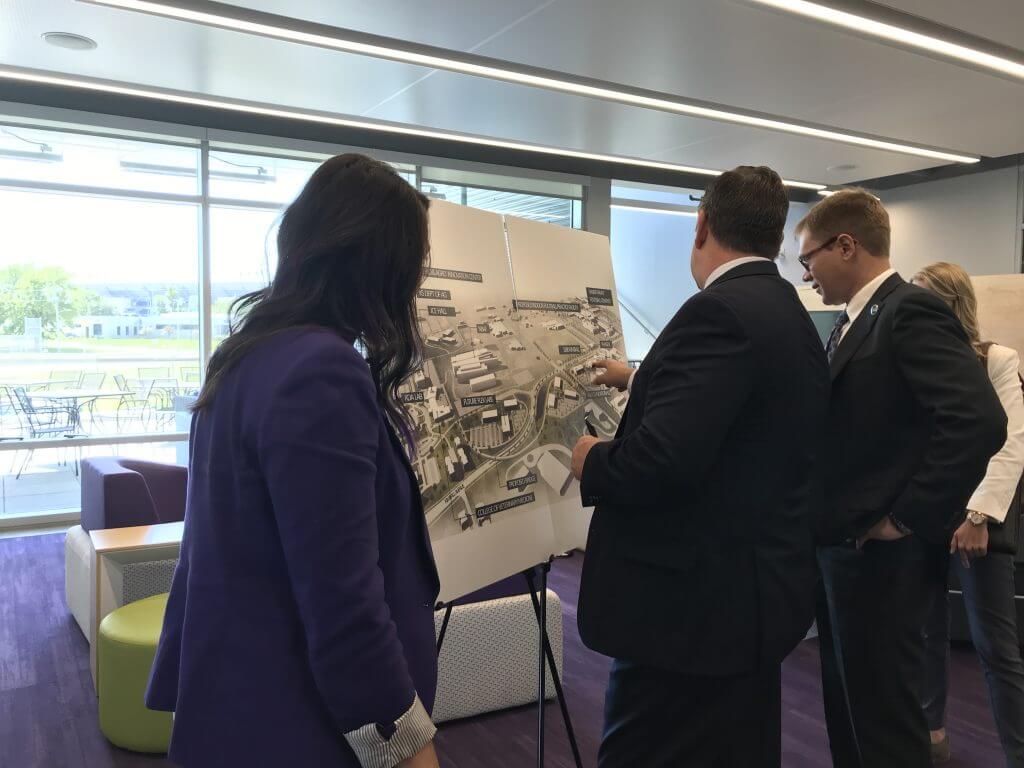
He has led these efforts in Manhattan, which is truly an example for how this work can happen through partnership and collaboration. They are working comprehensively and on many fronts to make the most of opportunities like NBAF. K-State’s commercialization efforts and the new research office park in the North Campus Corridor blends the University with the Manhattan community in unique ways, and it engages the business community in lasting and meaningful partnerships to help develop and retain talent in the knowledge industry.
This approach to leadership will be critical as our state moves forward. By engaging across the state, leveraging public and private partnerships and advancing bold, strategic vision, we can—together—move our state back to the cutting edge of economic development.
Ad Astra Per Aspera,
-DT
